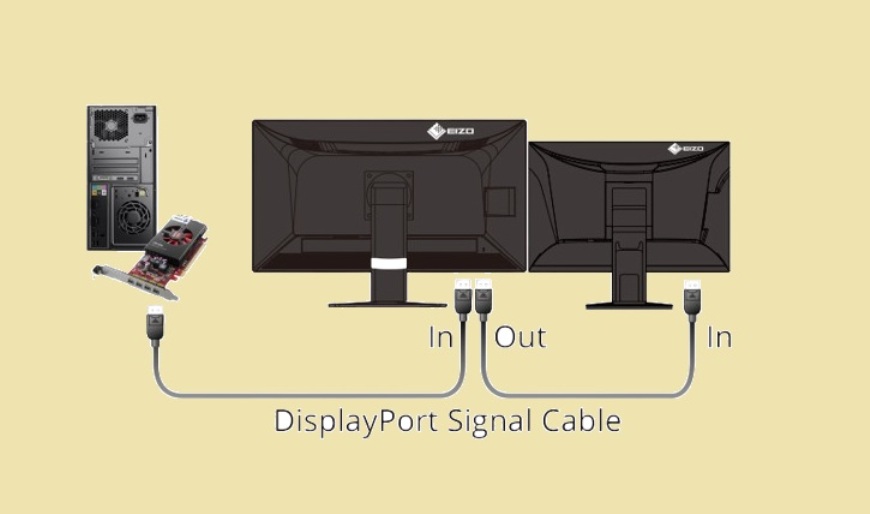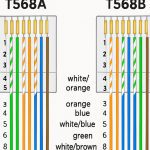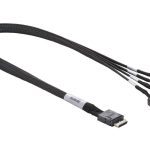Verify Physical Connections
Ensure the DisplayPort cable is securely plugged into both the computer and the monitor. Inspect for bent pins or debris, and clean ports if needed.
Check Power and Device Status
Confirm your monitor is powered on and set to the correct input source. Test with another device like a laptop to rule out monitor failure.
Update Graphics Drivers
Outdated drivers often cause DisplayPort issues. Visit your GPU manufacturer's website to download and install the latest drivers.

- For NVIDIA, use GeForce Experience.
- For AMD, use Adrenalin Software.
Adjust Display Settings
Access your OS display settings to ensure the monitor is detected and configured correctly. On Windows, press Win+P to cycle projection modes, or reset display detection.
Test Alternate Hardware
Replace the DisplayPort cable with a known-working one. Try another port on your GPU or monitor to identify if the issue is cable- or port-specific.
Perform Hardware Diagnostics
If symptoms persist, restart your system to reset connections. Test the GPU with another output like HDMI to isolate potential hardware faults.











